Planning a trip to India in the monsoon month of July and August, then you must go through a detailed guide of weather insights in different regions of India. The Indian climate is intense and ever-changing and offers you all kinds of weather changes. From snow to heavy rain, from dry heat to humidity, and from blistering cold to unbearably hot temperatures. By the mid-June, most western parts of India get covered by thick clouds while some northern regions face humid and hot temperatures. But by the end of June most part of India is hovered by thick clouds and heavy rains. Not only the rains has not a negative impact always, but it has travel wonders hidden behind them. Green landscapes of South region and Rajasthan sand dunes become the most favourable places to visit in monsoon season.
Reasons behind travel to India in the monsoon month
Countries like UK, Europe and America celebrate their holidays in July and August month coinciding with monsoon month in India. So this gives perfect chance to travel India with following reasons:
- You will get fewer crowds due to off-peak season for domestic travellers.
- You can get the best resorts and tour packages, and flights very easily at discounted rate.
- You will not face the high heat of summer of India.
So travelling in monsoon in India has both pros and cons, Hence Travel to India presents a brief guide for travelling in this monsoon season despite extreme monsoon conditions.
Weather of North India during July
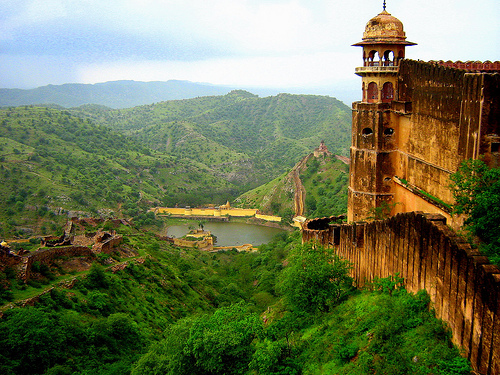
By the end of June or starting week of July, monsoon hits Rajasthan and other central and northern regions. All the popular cities like Jaipur, Ajmer, Delhi, Varanasi, Prayagraj, Agra experience a respite from the precipitating summer heats of may and june months. Being cloudy on most days, the temperatures drop slightly with increase in humidity. This makes it easy to visit the various forts, palaces and temples in Rajasthan and Delhi without much interference in your travel plans. But the heat spells can definitely be exhausting if you don’t plan accordingly.
Check out our best North India tour packages to explore in July
Weather of the Mountains during July
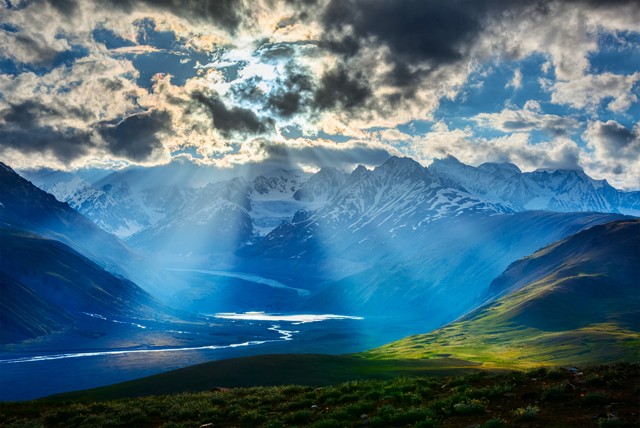
The Northern-most region of India, mostly Himalayas and nearby places as Leh, Ladakh, Lahaul and Spiti make them excellent choices to travel in July. The temperatures here are moderate with low precipitation.
The cooler regions at the foothills of the Himalayas can be a good escape from the heat of North. Keeping this in mind you can travel to Indian Himalayas and enjoy trekking, mountain biking or motorcycle tour in the mountains!
Weather of South India during July
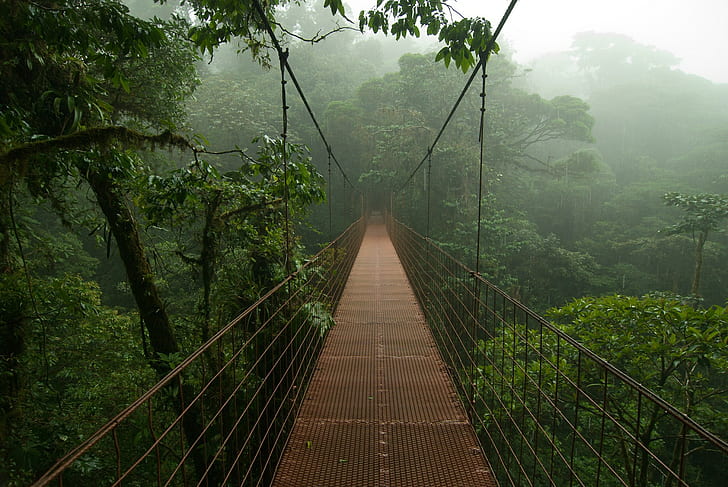
Kerala experiences relatively light showers in July as compared to June. However, rainfall during this month is more frequent and lasts for longer spells. It is a great time for trekking and visiting the various national parks. If you prefer a dry holiday with lots of sun, then July might not be the best time to visit Kerala.
Constant rain and the problem of water logging or continuing rain become a hindrance in minds of travellers but you can plan in this month to avail amazing discount offers on resorts, flights and car rental services. Simply bask in luxury and relax indoors with spa treatments or ayurvedic massages. Both Goa and Kerala offer lush green landscapes, pleasant climatic conditions and breathtaking views. If you want to escape the heat and the monsoon all together and enjoy stunning landscapes, then the mountains of Northern India can be your perfect travel choice. Ladakh is named as one of the best monsoon destinations to visit in India in July for many adventure activities like motorbike expedition or road trip. In the midst of the mountain ranges of the Himalayas, it offers breathtaking views and great opportunities for hikers. Ladakh also renowed as cold desert for a reason as the precipitation is very low there.
Best Places to Visit in Monosoon in India
Ladakh
A thrilling holiday destination surrounded by Karakoram Mountains in the north and the Himalayas in the south is perfect for road trip. Its sky touching mountain peaks, frozen lakes, unexpected weather, and breathtaking scenery add this place to must visit destination in north India. Key attractions: Hemis National Park, Buddhist monasteries, Khardung-La pass
In July, the temperatures are at their maximum but rarely exceed 30°C. Ladakh is one of the most thrilling and hilly tourist destinations of North India. Ladakh is located in the territory of the state of Jammu and Kashmir, which lies between Kunlun and the Himalayan mountain range in the south. The people settled in Ladakh are Tibetans and Aryans. The region is also called Little Tibet, as most people follow Tibetan culture. It is also prime tourist season for this part of India so be prepared as it won’t be as tourist-free as the rest of India!
Ladakh Motorbike Tour Highlights
Ladakh is made in two parts: Kargil and Leh, now Leh is synonymous with Ladakh. It is surrounded by magnificent land, huge snow-capped mountains, valleys, glaciers, amazing natural lakes. Key attractions in Ladakh are monasteries for natural leisure, adventure, photography, trekking, mountaineering, mortaring, spiritual, culture and traditions. The main tourist places and cities of the region are
- Khardungla, Suru and Zanskar, Dzongkhul, Suru Valley,
- Rangadum, Sanku, Phugthal, Nubra Valley, Leh Gompa, Dras,
- Kargil, Indus Valley, Basgo and many more.
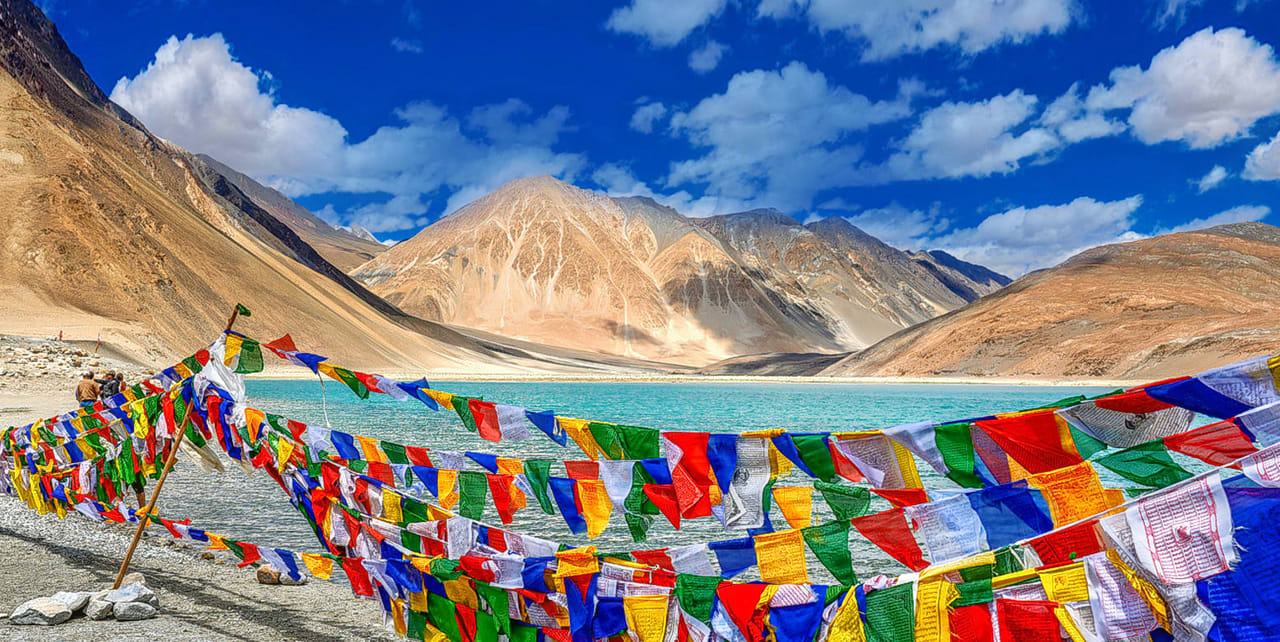
- Spiti valley– A snow paradise the echoes spirituality and tranquillity in every thread of air is Spiti valley. It is a well known adventure hub for water sports like river rafting, trekking to high mountain passes, paragliding and camping. Key attractions in Spiti: Ki monastery, Triloknath Temple, Kibber
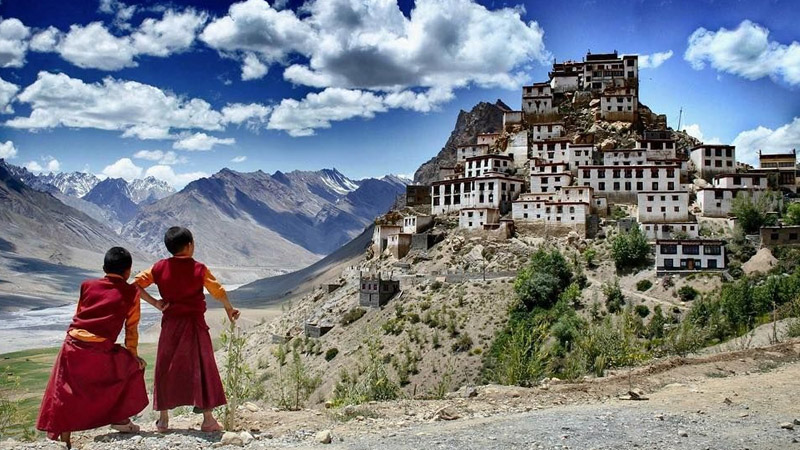
- Amarnath Shrine– It is one of the holiest shrines in India dedicated to lord Shiva. It holds religious values as well as pristine surroundings. The cave is covered by snow throughout the year, but when snow melts in summer, it remains open for pilgrims in July and August. Amarnath Yatra is observed as the toughest pilgrimage tour with tough treks and uneven ways to arrive.
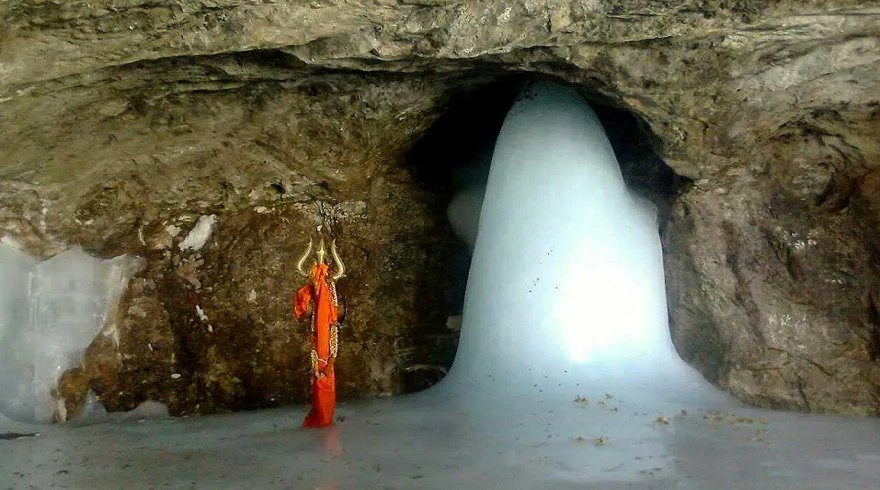
Kodaikanal
Well fames as princess of hill stations, Kodiakanal is best visited in the month of July/August. You will get everything from meadows, valleys, hills, forests, waterfalls, lakes and dense forests in this amazing hill station of South. Climate of city gets beautiful with wipe of rain showers. Key attractions- Kodaikanal Lake, Bryant Park, Coaker’s Walk, Pillar Rocks, Dolphin’s Nose rock, Bear Shola Falls
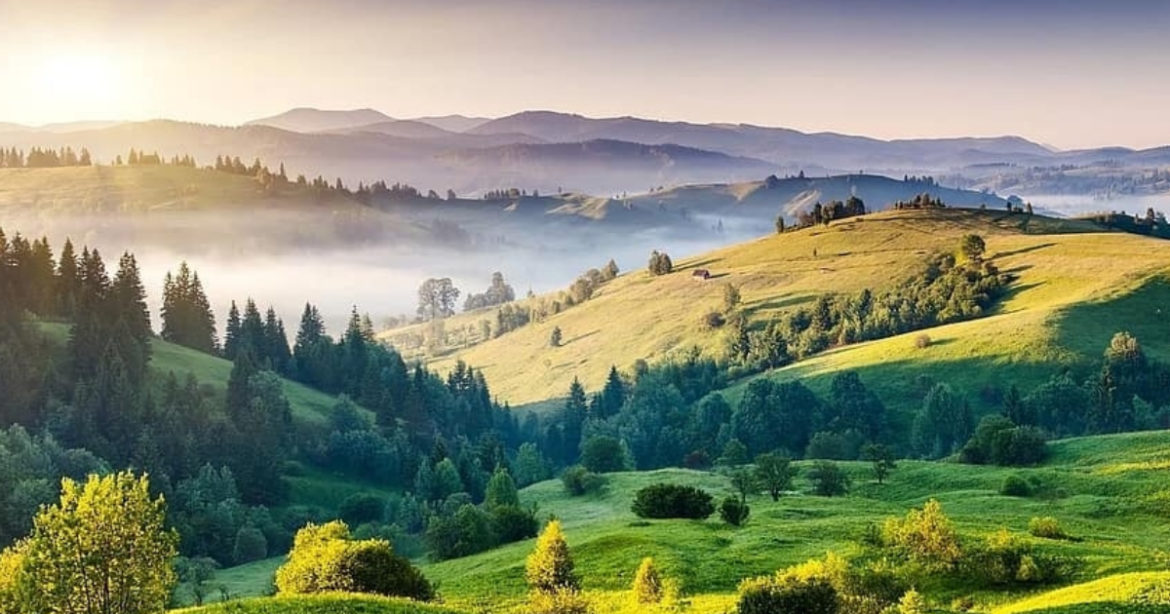
- Lonavala– Lonavala is the most visited hill station in Maharashtra and the place to visit in monsoon. With lots of waterfalls, lakes and hills around, it is a popular weekend destination for adventure activities and leisure tour in India. Travellers can choose between trekking, camping, waterfall rappelling, and farm tours.
- Tourist attractions in Lonavala-
- Korigad Fort, Tiger’s Leap, Lohagad, Karla and Bhaja caves,
- Lonavala wax museum, Bushi Dam, Rajmachi Fort and Duke’s nose.
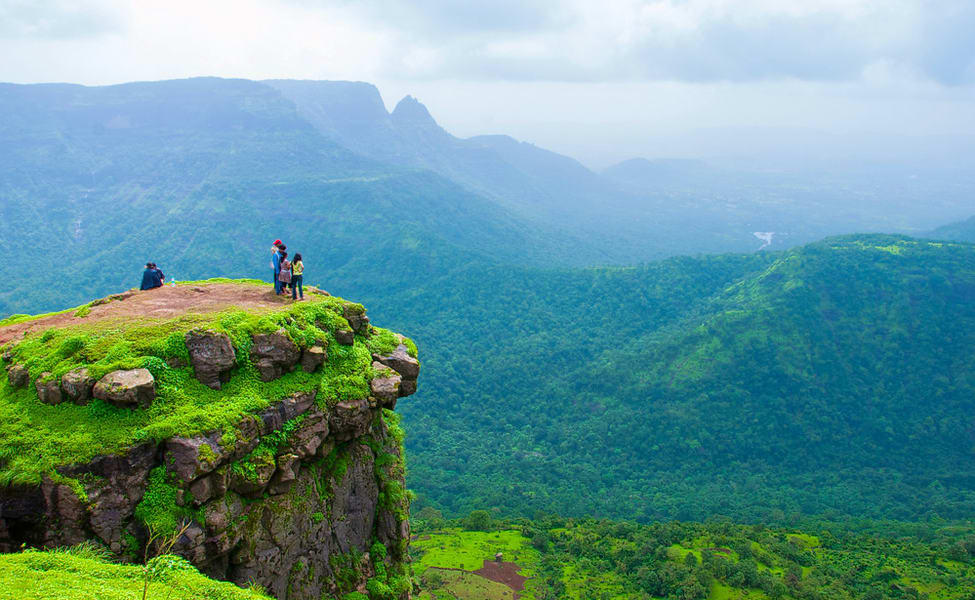
- Kheerganga– Kheerganga gives a tough competition to Shimla in Himachal. Hot spring baths, Himalayan mountain beauty are the prime attractions of Kheerganga lying in Kullu region. May to October is considered best months to visit with its wonderful climate. At Kheerganga there are numerous bistros and tea-houses and obviously, a characteristic boiling water spring called Parvati Kund. You can enjoy trekking in dense woodlands, nature stroll and visit to national parks.
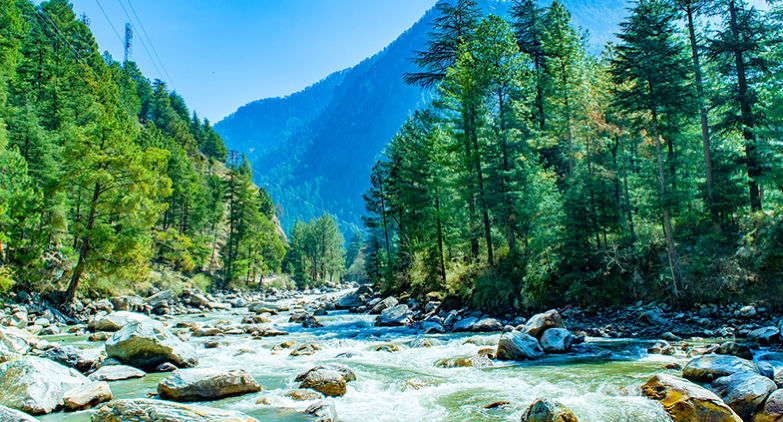
- Munnar– Best refreshing escape from the hustle bustle and pollution of metro cities, Munnar will overwhelm you with enthralling beauty. Munnar trip is best for backpackers friends group or family trip. From a surreal sunrise at Kundala Lake to a lovely picnic at Attukad Waterfalls, Munnar is a perfect escape for everyone.
- Key attractions of Munnar-
- Attukal Waterfalls, Pothamedu View Point, Kundala Lake, Eravikulam National Park,
- Mattupetty Dam, Meesapulimala, Lakkom Waterfalls, Echo Point, Anamudi, Devikulam, Blossom Park
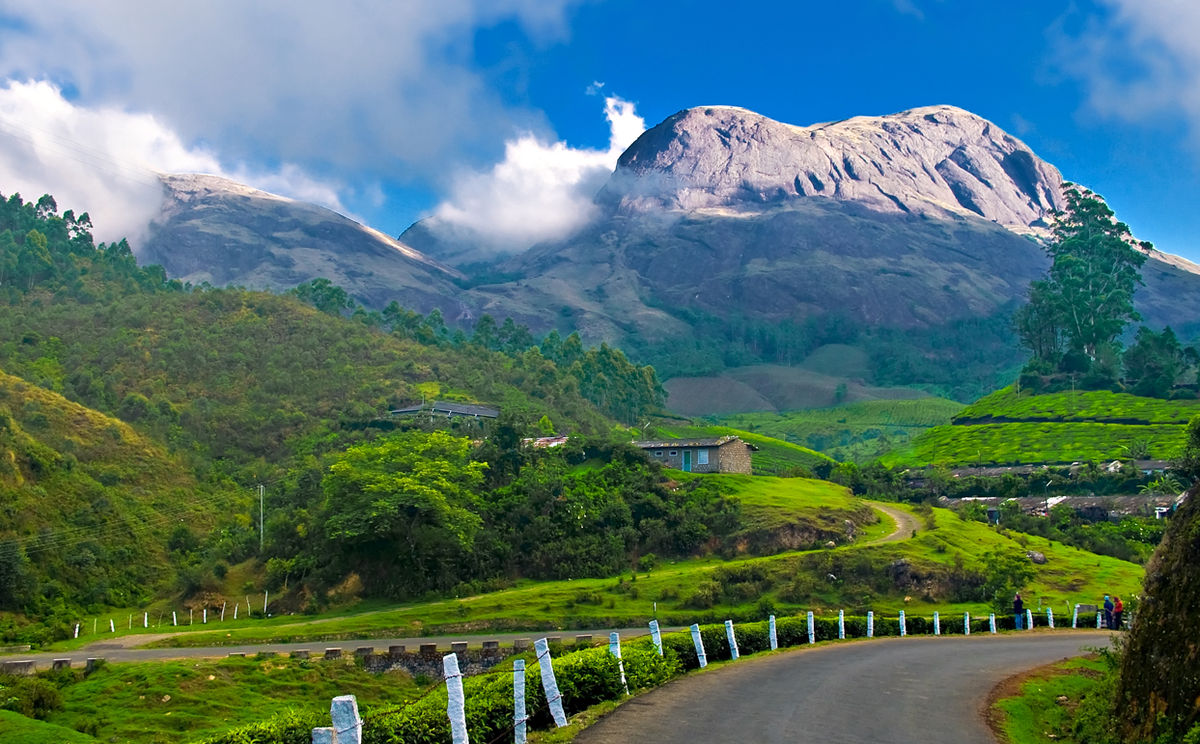
Auli
Auli leave no stone to awestruck its visitors. Make your monsoons perfect with visit to Auli-best Himalayan hill station. Auli is not connected directly with flight or trains. To reach Auli, you have to take a taxi or cab from Dehradun, nearest connected station. The topmost sightseeing places to visit in Auli are Auli artificial lake, Gorson Bugyal, Nanda Devi National Park, Trishul peak and Mana Parvat. You can go for nature trails and trekking in Auli, Uttarakhand.
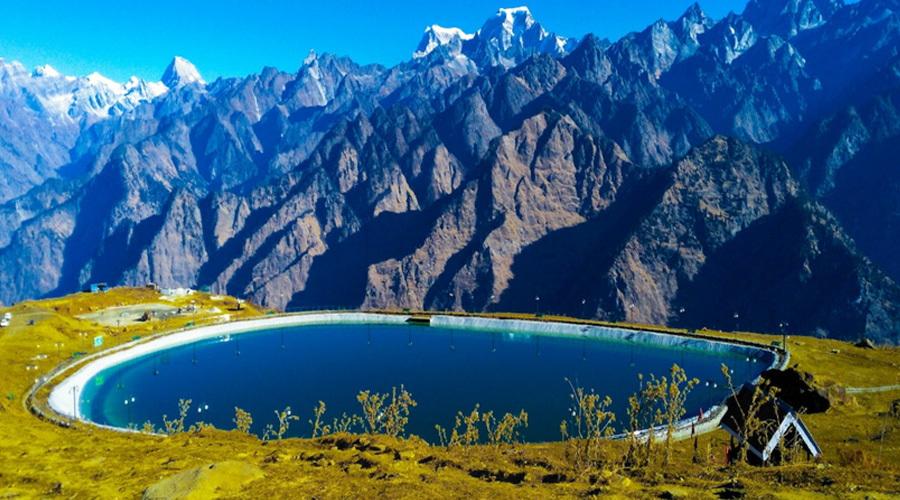
Mahabaleshwar
One most beautiful hilltop Situated in the Sahyadri mountain range in Maharashtra’s Satara district is Mahabaleshwar. You can witness the stunning beautiful falls, hills, rivers, fruit gardens and stunning cascades. Best sightseeing attractions in Mahabaleshwar are-
- Tapola, Pratapgad, Lingamala Falls, Venna Lake, Mapro Garden,
- Elephant’s Head Point, Lodwick Point, Rajpuri Caves, Table Land,
- Connaught Peak, Lord Mahabaleshwar Temple,
- Babington Point, Parsi Point, Morarji Castle
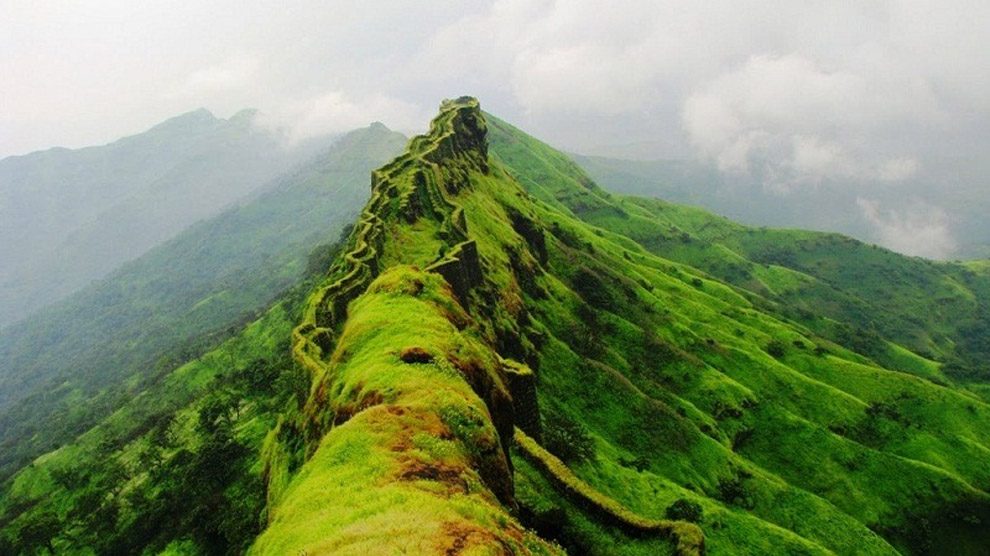
- Panchgani– looking for a soothing hill station with natural diversity, waterfalls- Panchgani can accomplish your dreams. This hill station near Pune is paradise for the tourists who come here to seek mental and physical relief. There are many remnants of the British Raj in the form of churches, convents and other colonial structures. Plan a tour to Pannchgani, Lonavala and Mahabaleshwar with tempo traveller rental Mumbai.
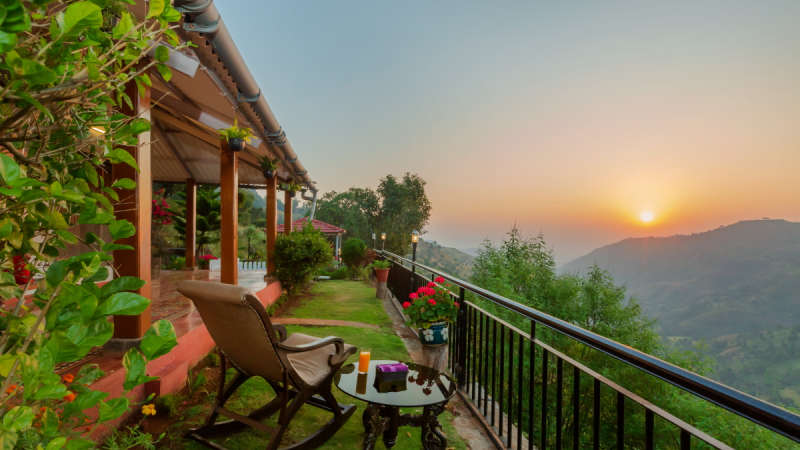
Top sightseeing attractions: Table Land, Kamalgad fort, Rajpuri caves, Parsi Point , Sherbaug, Tableland, Lord Karthikeya Temple, and Kashi Vishweshwar Temple, Kamalghat Fort, Dholya Ganapati Temple, & Dhom Dam at Wai. Table land is unique experience with enjoying sightseeing in barren land. Second largest mountain plateau, Tableland also offers the best view of the magnificent Krishna valley and the small town of Panchgani.

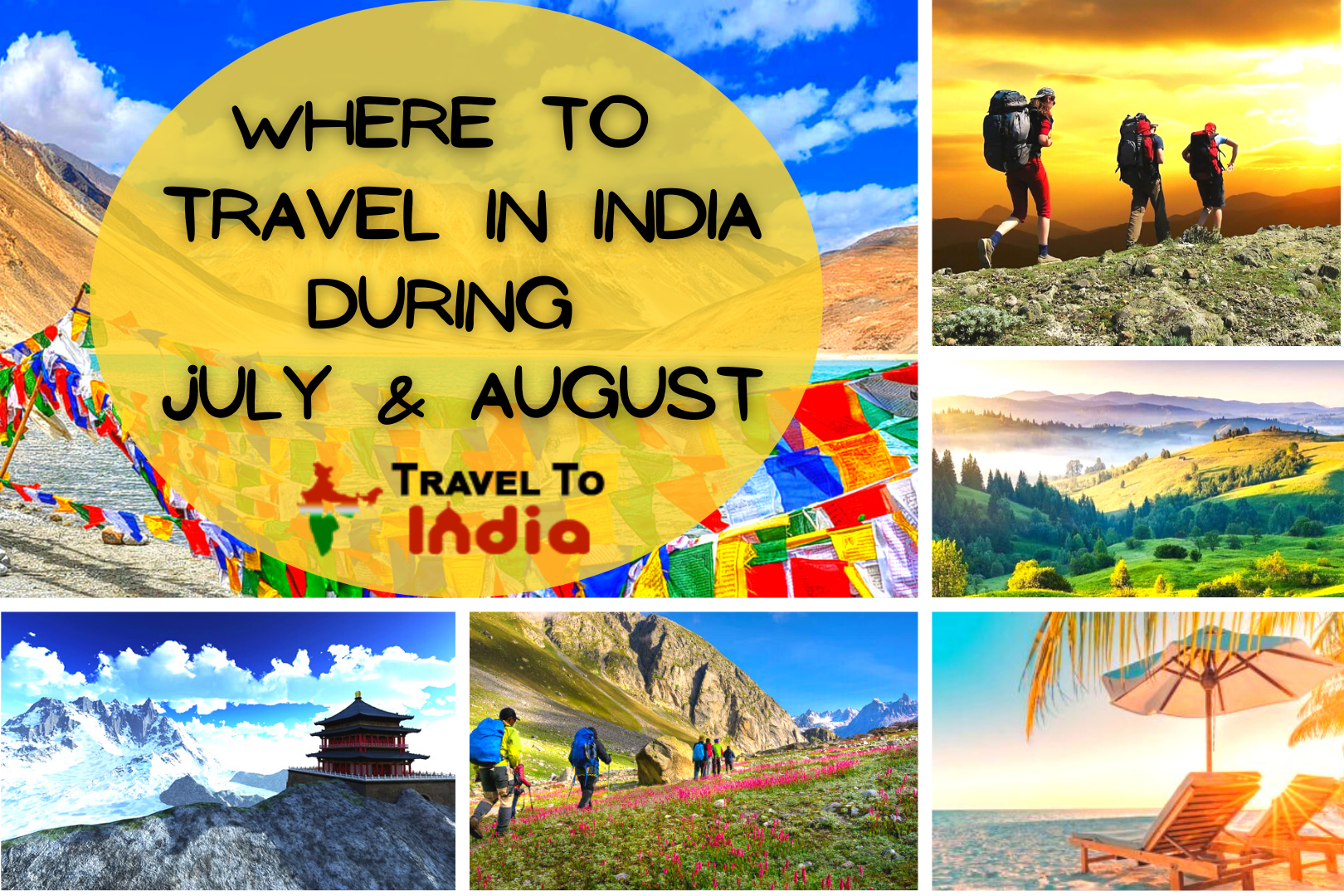



Very nice blog about weather of india in monsoon.
Hope this pandemic ends soon and we can travel again in upcoming months.
Thanks for appreciating us!